Blog posts tagged with video tracking
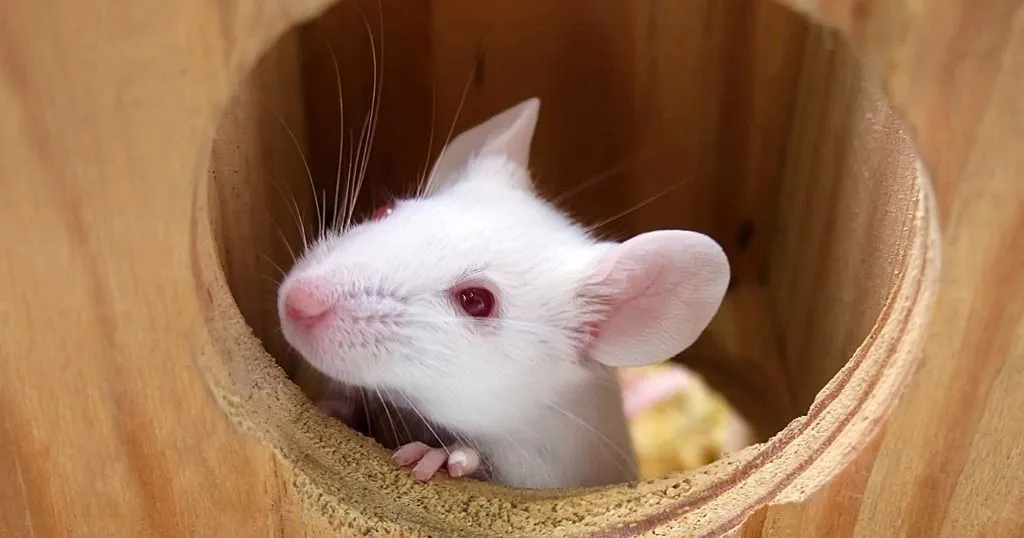
11 Jan
animal behavior research
Autism Spectrum Disorders
Environmental enrichment rescues autistic-like behaviors in mice
A recent mice study from The Scripps Research Institute shows that behavioral therapy might still be successful in later diagnosis of ASD with macrocephaly, laying groundwork for successful late interventions.

13 Sep
animal behavior research
Social Behavior
Sunshine and romance: ultraviolet light enhances sexual behavior
Ultraviolet B rays in sunshine enhances our romantic passion. How this actually works is still largely unknown. Research at the Tel Aviv University provides new insights.
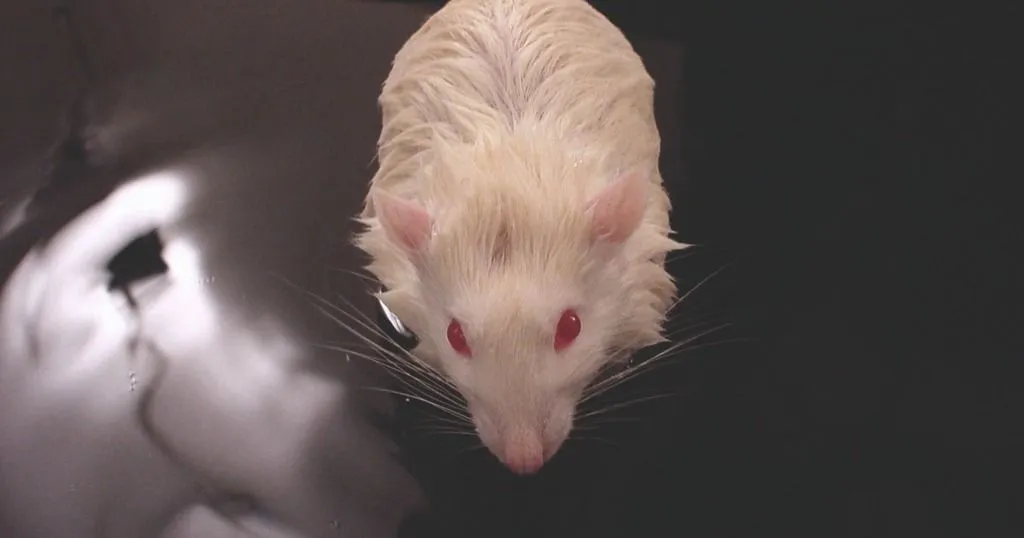
11 Aug
animal behavior research
Research Methods
EthoVision XT and the Morris Water Maze: expert tips and tricks
Neuroscientist Colleen McSweeney, Ph.D. shares her expert knowledge on using EthoVision XT and the Morris Water Maze.
From a brief history to valuable tips and tricks, here is all you need to know on automated tracking.
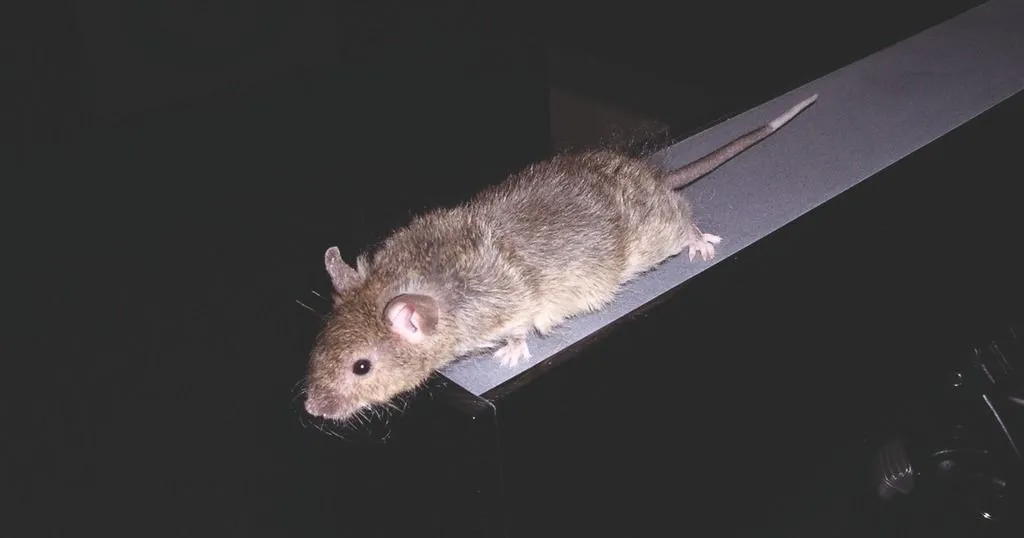
08 Jul
animal behavior research
Anxiety, Depression and Fear
Robust and reliable: Measuring anxiety in the Elevated plus maze
Screening of anxiety-like behavior in the elevated plus maze becomes more reliable with Ethovision XT combined with the standardization of testing parameters and common practices.
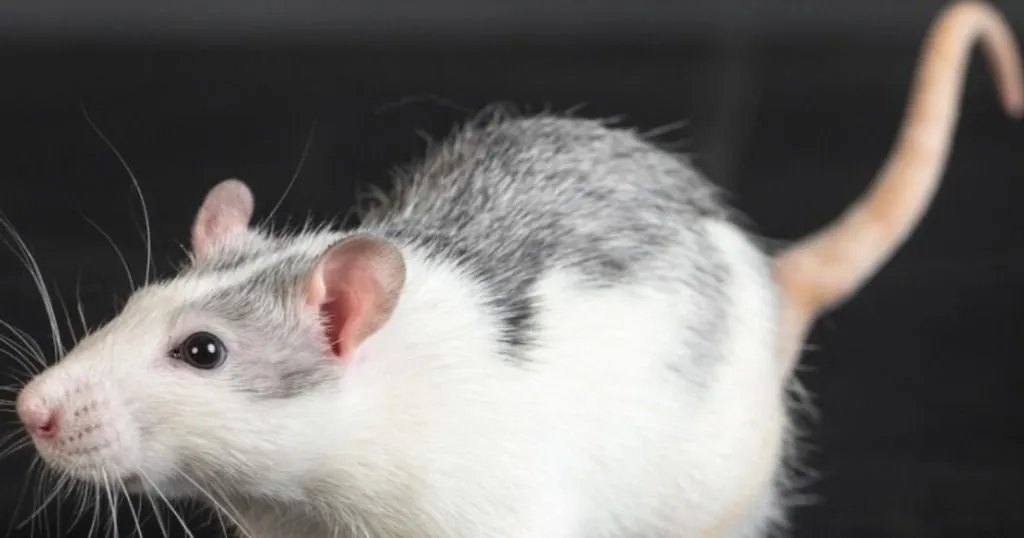
03 May
animal behavior research
Gait and Locomotion
Vestibulopathy: movement and balance issues investigated in rats
It is hard to diagnose vestibulopathy, so a rat model was developed to study the progress of symptoms, from day one to day 30 after ear injury. Results can improve future human diagnosis and therapy options.
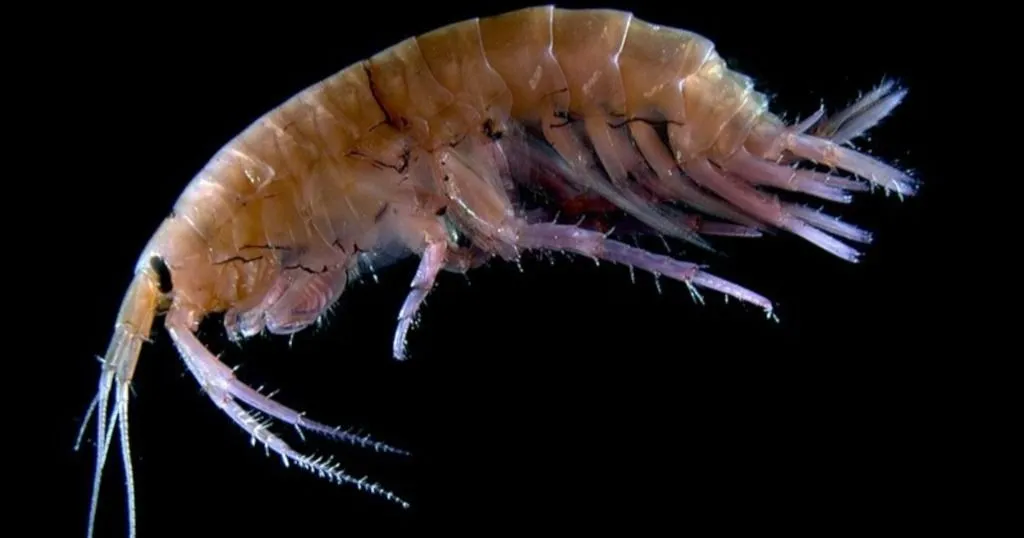
08 Apr
animal behavior research
Other (Animal)
Nearly impossible to video track: small shrimp
Gammarus shrimps are exceptionally difficult to track, but Noldus solved the puzzle, resulting in interesting insights into its ecology.
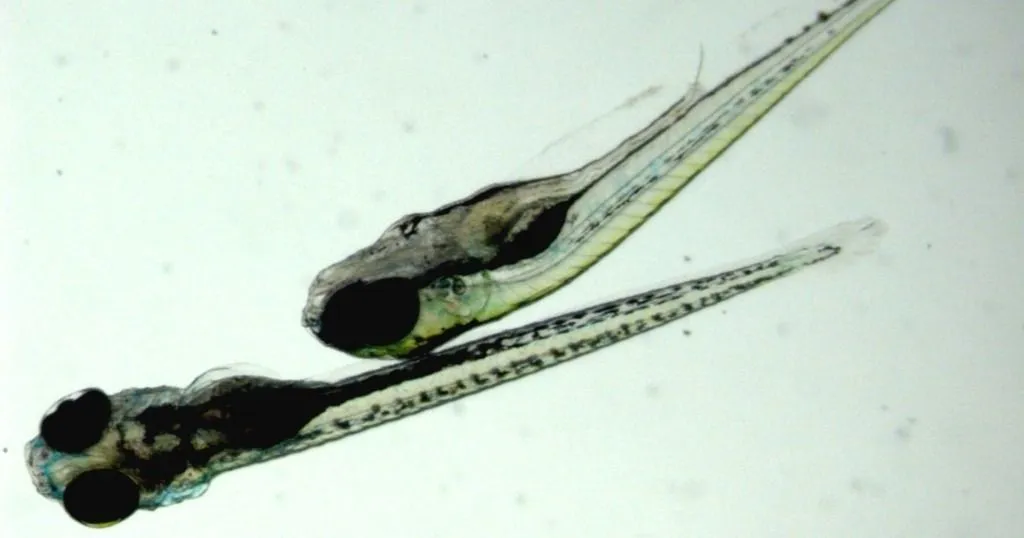
15 Jan
animal behavior research
Zebrafish Research
Getting robust results: one zebrafish is not like the other
Zebrafish larvae locomotor behavior often has a high variability, which can have a big impact on your results. Still, it is one of the most used parameters. So how can you make your study more robust?
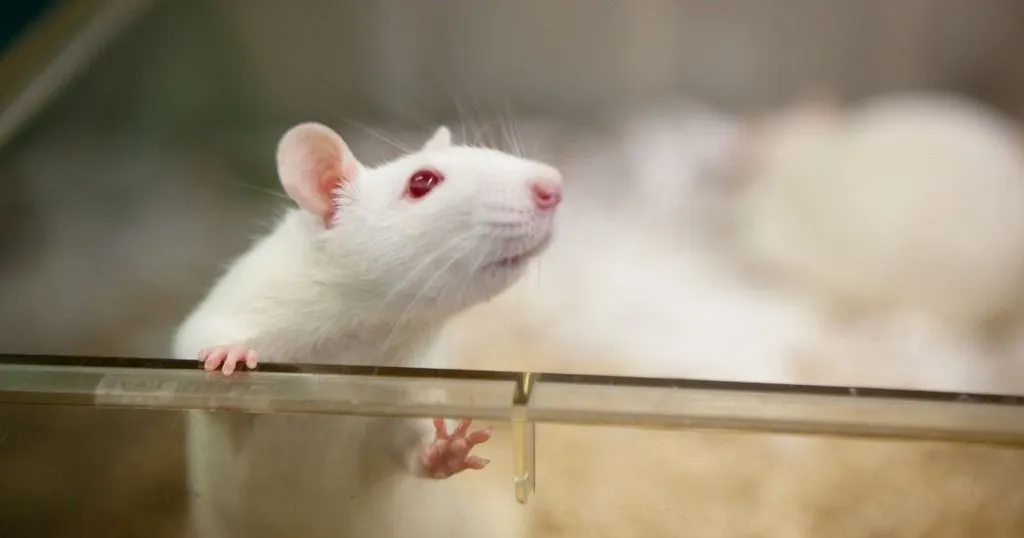
06 Jan
animal behavior research
Research Methods
How behavioral core facilities advance research
Behavioral cores benefit universities as well as science in general. Recent cases show improved reproducibility of tests and protocols to assess a more complex phenotype of model animals.

23 Oct
animal behavior research
Learning and Memory
Studying spatial learning and memory with Cincinnati Water Maze
Studying spatial learning and memory is important to develop treatment for Alzheimer's and other diseases influencing on orientation and navigation. One way to study it is with Cincinnati Water Maze.
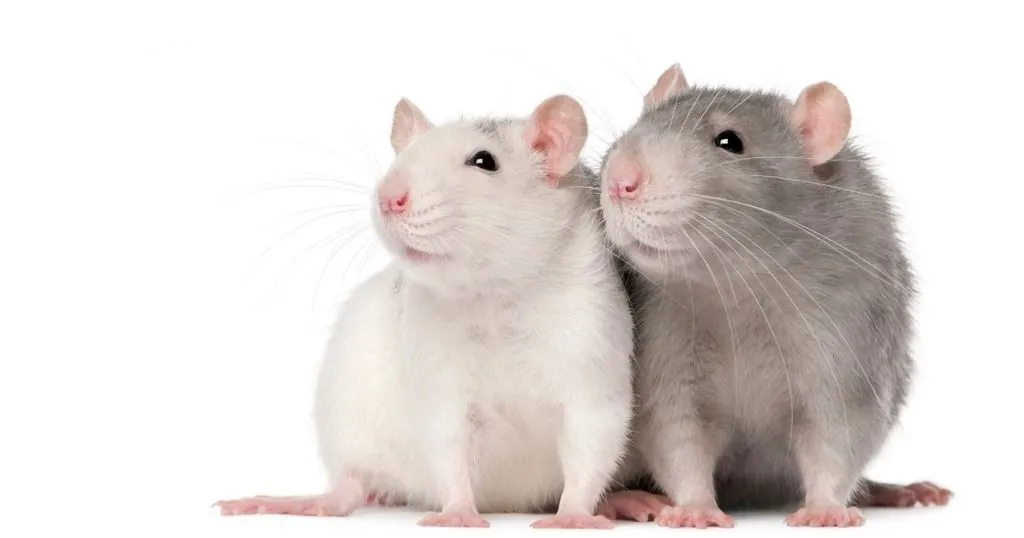
14 Oct
animal behavior research
Social Behavior
The relationship between social hierarchy and social stress
Today, Deepika Patel kindly shares her research on social structures with us. She investigated rat behavior in detail, using several test paradigms.